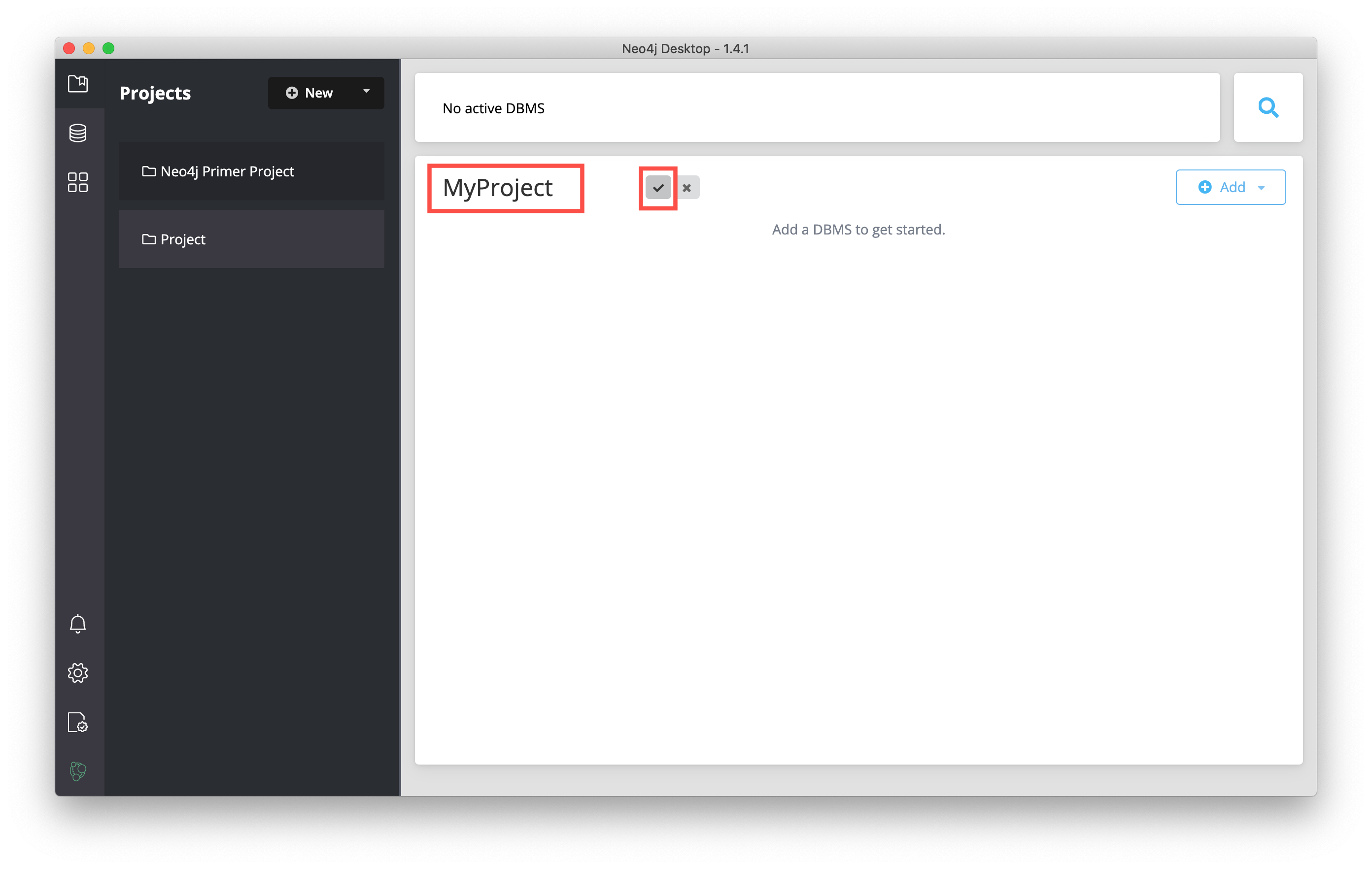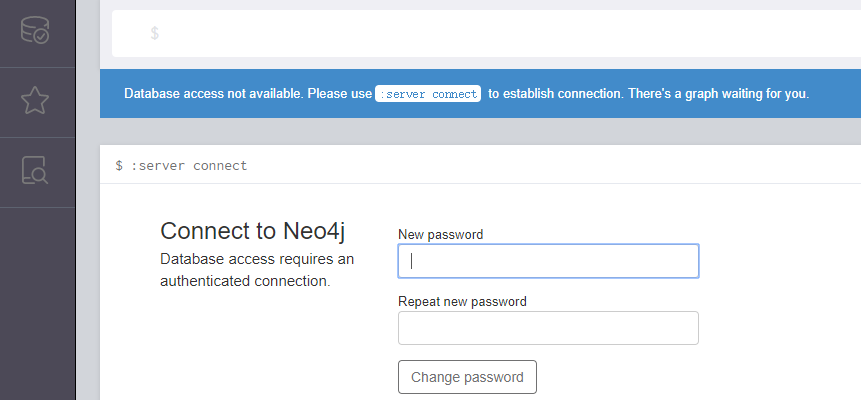

- Java accessing remote neo4j server how to#
- Java accessing remote neo4j server for mac os#
- Java accessing remote neo4j server install#
- Java accessing remote neo4j server full#
- Java accessing remote neo4j server code#
Java accessing remote neo4j server install#
Java accessing remote neo4j server how to#
The example we’re using is loading data as nodes and relationships from multiple CSVs, with lots of empty cells, when we want to model data from CSV columns in a non-linear way.Ī lot of tutorials exist to show you how to take a CSV, load each row as a node, each column as a property for those nodes, and then maybe load another CSV that uses the same identifier to add relationships for those nodes.īut often you want to take linear data within a CSV and model columns as properties of nodes or relationships, or related nodes. Cypher-shell lets you get quickly up and running with multiple cypher commands for loading data Because of that lots of variations on similar info exists and if you’re just getting started with graphs, you might not have a clear picture on the context/history or what tutorials from what time periods correspond to what version(s) or scenarios. In addition, Neo4j is now a mature technology with a long history of versions. I’ve found Neo4j docs, dev community, tutorials, the whole ecosystem to be super robust. The reason for this post Existing info on Neo4j Desktop from command line is a bit lightĪs a caveat, if I was a more experienced dev, this all might have been super easy and intuitive but it took some time so I wanted to document. If something doesn’t do what we wanted, there’s no “undo” button, we have to wipe the db with a “MATCH (n) DETACH DELETE n” and start over from step 1. If you’re working from Neo4j Desktop UI exclusively, you’ll find yourself favoriting scripts, moving them around in folders, constantly hitting the play button, editing file paths, etc., as needed, basically looping manually through the same ten steps with minor variations running single line commands
Java accessing remote neo4j server full#
But pretty quickly you can get to a point of having outgrown single line commands, but not being ready for full blown deployment. With Desktop UI, we’re limited to running one query at a time. At a certain point, you’re ready to deploy, and migrate from using a Desktop instance to a Server instance. The Neo4j Desktop Browser UI is intended for local development when you’re starting out. When should you start using the command line? When to use cypher-shell on local When you’ve outgrown Neo4j Desktop Browser UI but aren’t ready for deployment with Neo4j Server


Java accessing remote neo4j server for mac os#

Java accessing remote neo4j server code#


 0 kommentar(er)
0 kommentar(er)
